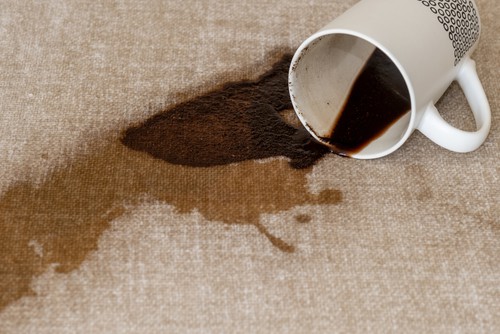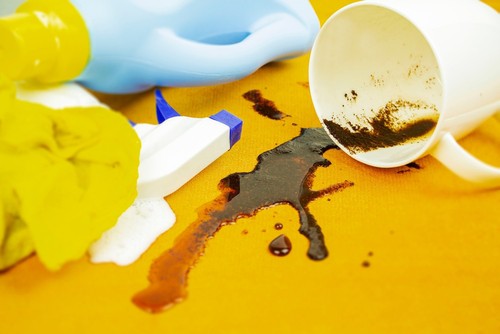Pros & Cons On Upholstery Shampooing
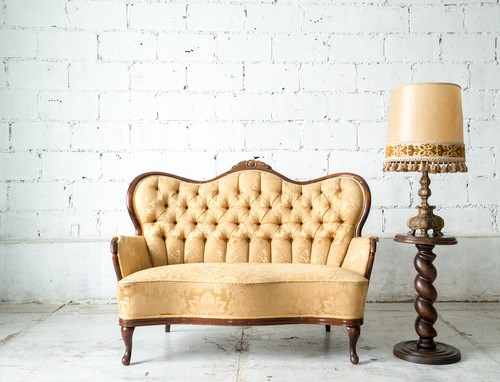
What Is The Meaning Of Upholstery?
October 5, 2018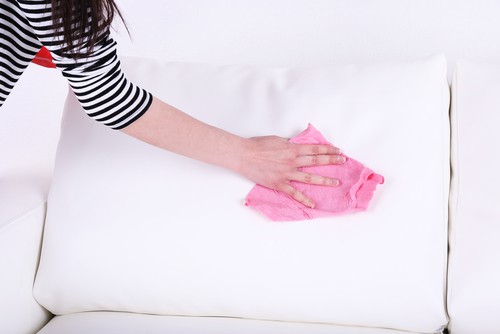
8 Mistakes To Avoid On Upholstery Cleaning
October 5, 2018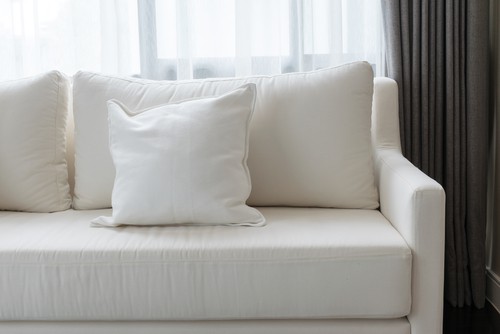
Upholstered furniture have gained increased popularity over the years. As individual tastes and preferences change, the degree of the authentic upholstery designs also improves. The demand of upholstery cannot be ignored, as individuals incorporate these upholstered furniture into their homes. Upholstered furniture are versatile because they can suit varying interior decors and designs. The trouble that comes after purchasing this type of furniture is maintaining it. Upholstered require periodic dusting and thorough washing, unlike wooden types of furniture which are easily cleaned by wiping. There are several troubles to consider when using upholstered furniture. The main headache comes in when the furniture is stained.
Stains
They can be caused by food or beverage spills and at times the dirt of the cloth being worn to the furniture in contact. There are those hard to remove stains that seem not to budge. No matter how hard you dust them they will not go.
Bleeding colors
This normally happens when the furniture is cleaned with water or any type liquid and the colors of the upholstered furniture spread onto each other. This creates a terrible mess of a once perfect furniture.
Browning
In relation to upholstered furniture with fabric of lighter colors, when cleaned with harsh chemicals the end result may be devastating. This is because harsh chemicals tend to have a browning effect to the furniture upon drying. As such, the right kind of chemicals should be used.
Ominous odor
Whenever upholstery is cleaned with water or a liquid cleaner, the stuffing tends to absorb it. It becomes damp for quite some time giving this undesirable smell. Manufactures of upholstery are very considerate when it comes to matters in relation to cleaning it. A tag is usually attached on the underside of the cushion or maybe at frames of couches or chairs. By looking at the tag of the upholstery, it is easier to know the base cleaner that one should use. Means that water based cleaners are to be used, an means that solvent based agents are to be used while means one can use both. If there is no tag attached, an educated guess should be made in relation to the fabric. From there, an appropriate cleaning method is chosen.
Steps of shampooing
Start by vacuuming pillows and cushions which are loose then later the chair itself. Removal of the cushion and pillow covers for separate washing is highly discouraged. If washed separately in the washing machine they tend to shrink in size and stretch out.
A white terry clothing towelling that is clean is the primary tool for shampooing. The absorbent is adequately abrasive to remove the dirt and retain cleaning solutions, without harming the delicate fabric.
Most fabrics are cleaned by a gentle non-alkaline agent and water. A teaspoon of household ammonia which can be substituted by white vinegar, mixed into a gallon full of lukewarm water having a table spoon of the laundry agent, is enough to make the suitable solution. The work of the ammonia or the white detergent is to enhance the brightening effect of the detergent.
Bristle scrub brush is used on soiled areas like headrests and armrests for removal of dust and body oils. However, over-wetting is discouraged. Only the foam of the detergent is to be used. The foam is to be generated using an electrical hand mixer or an egg beater onto the mixture inside the bucket.
Firstly, the mixture is tried at an inconspicuous area of the upholstery to ascertain its compatibility. Dip the terry clothing into the foam and wring out the moisture then firmly wipe the upholstery vertically and horizontally. Repeat this process severally until all parts of the upholstery are covered. Remember to always wring out the clothing dry.
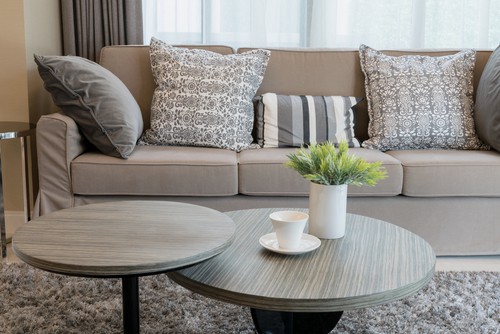
The Pros and Cons of Upholstery Shampooing
Pros
Superb cleaning- The main advantage of upholstery cleaning is the degree of effective cleaning it encompasses. By first vacuuming the dirt that might be present are sucked away. The remaining part are easily removed manually with a clothing and the end result is quite mind blowing.
Sanitation
The laundry agents mostly are anti-bacterial. By scrubbing firmly onto all parts of an upholstery, all harmful micro-organism are eradicated. This provides a safer environment for all in regard to individual homes. One can also incorporate vapor steam cleaners which also have anti-bacterial features.
Faster drying
Due to the thorough dry wring of the clothing, the upholstery tends to dry faster. When upholstery is cleaned with less moisture, the capability of it drying after the process is rather abrupt. Also a lesser mess is left behind.
Fabric shrinkage
Other methods of cleaning normally lead to fabrics shrinking or being out of alignment. With shampooing the stress of fabric shrinking is greatly reduced as one does not wash the pillow covers in a washing machine. The process is rather fast and efficient.
Cheaper
This process is very simple that one can do at a personal basis. Without the trouble of looking who is proficient enough to hire. It actually needs your small time and minimal energy for desired results. The only costs incurred is the laundry detergent and the white vinegar or the ammonia. Other than that there are no additional cost to be worried about.
Simplicity
During the upholstery cleaning, all the areas that need attention are identified. Special attention is then channelled to this particular areas. It is not so complex, firm scrubbing is the only necessity.
Cons
Browning
Sometimes how well you try not to harm the fabric by testing in some inconspicuous areas, the end result is always browning. One may never know the effectiveness of the chemicals that are being used thus causing a browning effect to the fabric.
Health problems
Certain laundry agents when used in high concentrations can lead to health problems. Thus, consumers are highly encouraged to use the product in the right procedure as directed by the manufacturer. Before one commences cleaning, proper room ventilation should be ensured. In addition to this proper application of the products proportions should be considered

